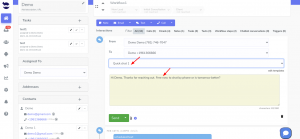Sending a text (SMS) via aNinja is a way to communicate with your leads and nurture them with your campaigns.
What’s an SMS
SMS (Short Message Service) is a text message that can contain up to 160 alphanumeric characters for every segment.
From a business’s perspective, there are hundreds of potential use cases for text message marketing including sales reminders, discounts and special offers, emergency alerts, and more.
The most effective business text messages are timely, informative, compelling, and easy to understand.
While SMS was built to send short messages, MMS focuses on sending multimedia messages.
Sending a text (SMS) via aNinja
- When on the lead view, click on Text from the toolbar
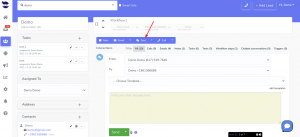
- Your phone number is automatically injected next to “From”.
- If you’re an Admin user, from the dropdown, you can choose the phone number you want to send the text through.
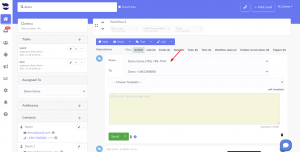
- If you’re an Admin user, from the dropdown, you can choose the phone number you want to send the text through.
- The primary phone number is also automatically injected next to “To”.
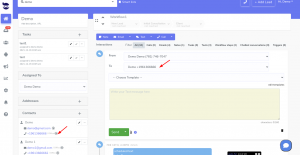
- You can either select an available template
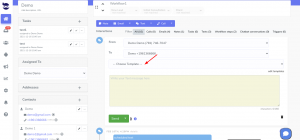
- Or you can manually type the message in the body section.
- Before you send your text, you want to make sure that it does not exceeds 160 characters, to avoid being billed for more messages.
- Check the counters under the SMS body. When you go over 160 characters, the characters counter turns red, and the segment counter increases by 1.
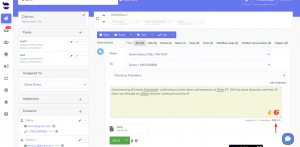
- Click Send to send your text immediately,
- Or click on the arrow next to send to schedule your text to send at a later date and time.
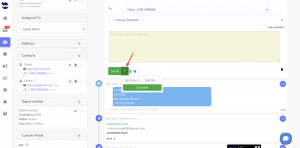
Text Segmentation / Message Length
- Maximum Message Length with aNinja Messaging
The aNinja Programmable Messaging platform has a limit of 160 characters in a single incoming or outgoing message request. - Additional Considerations for Long SMS Messages
Although aNinja supports large message payloads for all Messaging channels including SMS; it is important to understand that some wireless carriers and devices may behave differently than others when receiving long SMS messages. In addition, the length of an SMS, and which characters are present will affect its price, because of a concept called segmentation.- What’s a text segment or Segmentation? SMS industries count messages before sending them through your carrier. They count the number of characters that a text contains. Each segment is of 160 characters. If your text contains more characters, you’d end up with two messages on your bill.
- Message encoding
Carriers encode SMS in different formats to represent the characters and special characters used in the message.The default encoding used in SMS is GSM-7, which consumes fewer segments, making it more cost-effective.However, if the text content includes special characters like emojis or backticks, a different encoding called UCS-2 is used; which consumes more segments, approximately double the amount of GSM-7.When it comes to MMS, the encoding used can vary depending on the content of the text. It can be either GSM-7 or UCS-2, depending on whether special characters are included in the message or not.
- In conclusion, there are multiple things you can consider before sending text messages to ensure effective deliverability with the right cost.
Need help in sending a text (SMS) via aNinja? Leave us an email at support@aninja.com. And, we will happily assist you!
